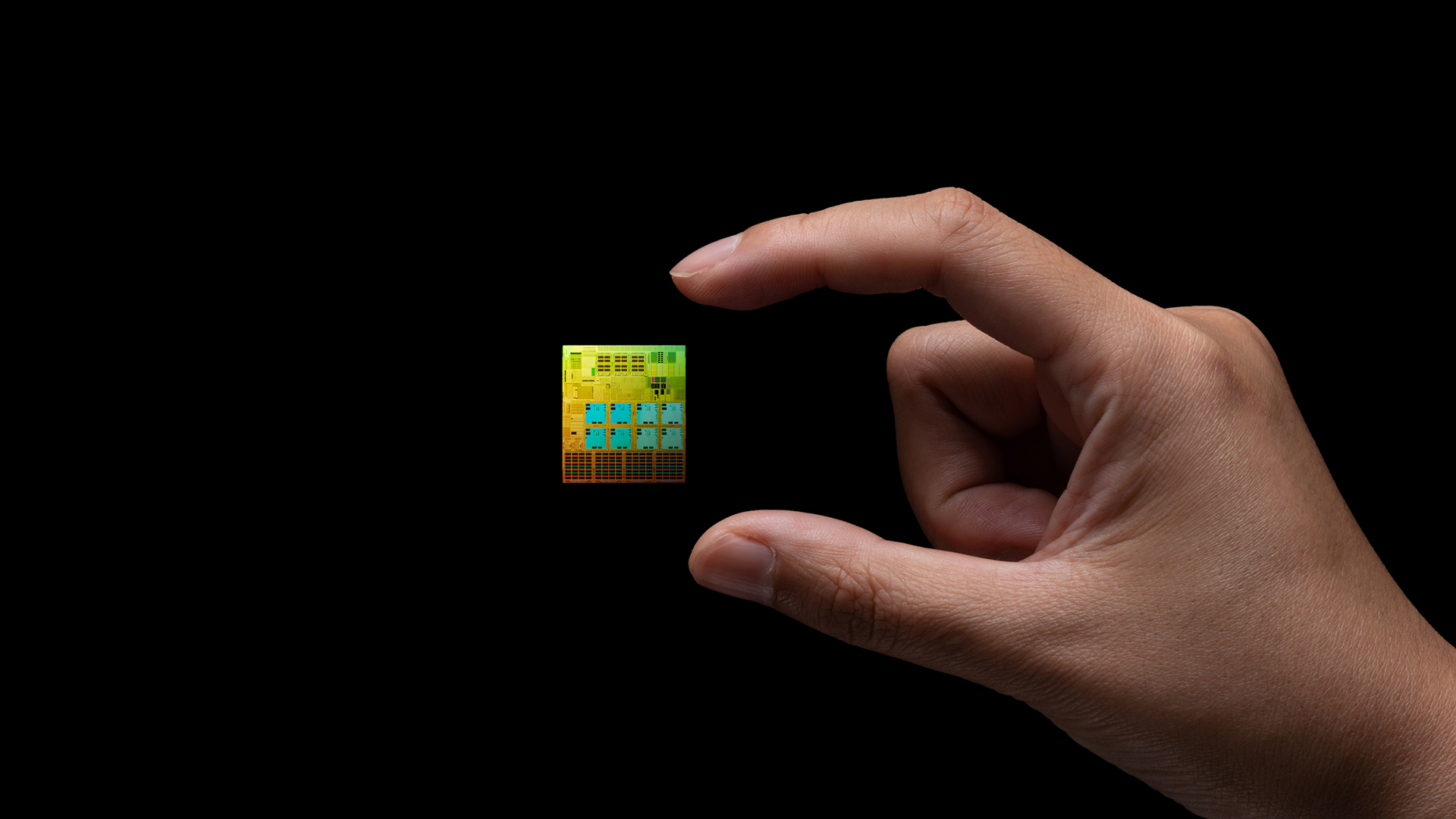Bill Gates backs remote controlled 16-year contraceptive implant
Ex-Microsoft CEO has reportedly inspired the development of a wireless contraceptive implant

Bill Gates has inspired the creation of the world's first remote controlled contraceptive implant, designed to help women prevent unwanted pregnancies for up to 16 years.
The wireless implant is being developed by US-based firm MicroChips and is on course for general release in 2018, while clinical trials for the device look set to start next year.
It is thought women will be able to choose between having the 20x20x7mm device implanted under the skin of their arms, buttocks or stomach. From here it will dispense 30 micrograms of the synthetic progesterone-alike hormone levonorgestrel each day for up to 16 years.
The hormone is stored in reservoirs on a 1.5cm wide microchip. This is sealed shut until a tiny electric current from an internal battery passes through and melts it temporarily, allowing a single daily dose of the hormone to escape.
If wearers of the device decide they'd like to try for a baby, they can prevent it from releasing its daily dose using a remote control.
It is claimed the device's development was inspired by a visit to the labs of one of the microchip's co-creators, Robert Langer, at MIT.
Gates reportedly asked if it would be possible to create a long-term form of birth control that women would be able to control themselves over a number of years.
Sign up today and you will receive a free copy of our Future Focus 2025 report - the leading guidance on AI, cybersecurity and other IT challenges as per 700+ senior executives
Langer proffered the technology he created, along with his colleagues Michael Cima and John Santini, which is licensed for use by MicroChips.
According to reports, the device's future development is being backed by The Gates Foundation, a philanthropic enterprise launched by the former Microsoft CEO and his wife to tackle health issues in developing countries.
Contraceptive implants are nothing new, but they currently last around three years on average. If the wearer decides they want to get pregnant during this time, they will need to get it physically removed in order to do so.
Therefore, the release of a wirelessly controlled contraceptive device could potentially be much more convenient, but questions over the security and encryption of the devices are bound to emerge and likely to be a sticking point for regulators.

